This has been on my radar screen for a long time. I have been to Armenia every year since 2003, but somehow this historical gem was always overlooked by me until this year in 2018. Noratus cemetery is a medieval cemetery filled with stone-carved crosses. Noratus located on Lake Sevan is filled with over 1000 stone carved crosses known as khachkars. Some of these khackkars date back to the 10th century. This place is oozing with history. Noratus cemetery must-see.
Noratus also known as Noraduz is a leisurely 90-minute ride from Yerevan. Noratus is a small village on Lake Sevan, Armenia’s largest body of water in this landlocked country. Noratus was part of a seven day road trip I took across southern Armenian and neighboring Artsakh. My car rolled up to the edge of the cemetery, a wide green expanse surrounded on one side by the villagers’ homes. The other side eventually seeped into the lake.
Khachkars are part of the UNESCO list of Intangible Cultural Heritage. Most khachkars feature a cross in the center adorned with many other images sometimes including a rosette (a flower design), solar symbol, leaves, grapes, or pomegranates. The earliest-crafted khachkars were erected in honor of the deceased. Other reasons were to note a military victory, construction of a church, or to protect from a natural disaster. More recently crafted khachkars have been built to recognize and honor the victims of the Armenian Genocide.
The first known khachkar was carved in 879 in Garni, a village outside of Yerevan, and erected in honor of a queen. The high point of khachkar creation was between the 12th and 14th century. And this craftsmanship can still be witnessed today in Yerevan. Over 40,000 khachkars can be seen today.
Tragically and viciously the largest collection of khachkars (over 10,000), were systematically destroyed by the Azeri government. The Julfa cemetery was callously destroyed by the Azeris in their attempt to negate Armenians century’s old presence in this region.
I strolled into the ancient cemetery which was nearly deserted. A graying woman sat in the grass knitting socks and gloves, attempting to see her wares. Another elderly woman approached me, offering to guide me through the khachkars. She smiled and spoke through a smattering of gold teeth in a combination of Armenian and English. As she brought me to the more historic or interesting crosses I pondered if we were actually near the same age. The years had been difficult on her. Some of the crosses told of stories from eons ago. Jugs of wine were combined with lavash (locally made bread). Women and men stand next to their horses and steers.
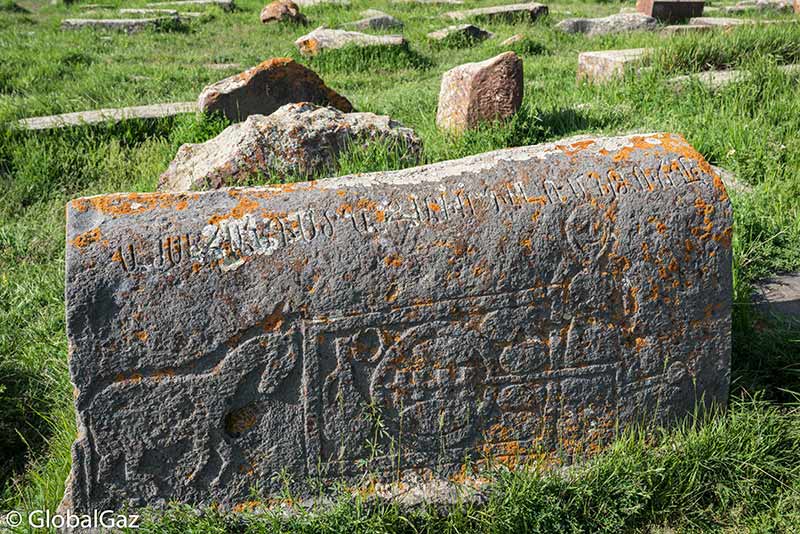
The guide and I parted ways. I produced my drone to take some aerial shots. Some of the locals looked on and were intrigued with my drone.
After my visit, I took a quick spin to the banks of Lake Sevan. Near the edge of the lake was a small church surrounded by a grouping of khachkars.
It took me years to visit Noratus cemetery, and it is a must-see. I wish I didn’t wait this long.
Noratus Cemetery Must-See
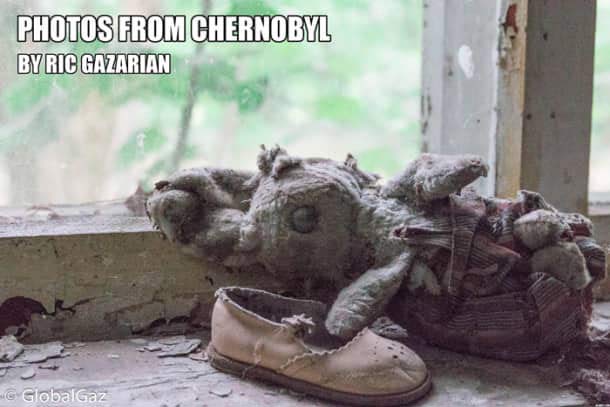
Photos From Chernobyl
Sign up to receive your free copy of Photos From Chernobyl. Over 100 photos from the Chernobyl Exclusion Zone.


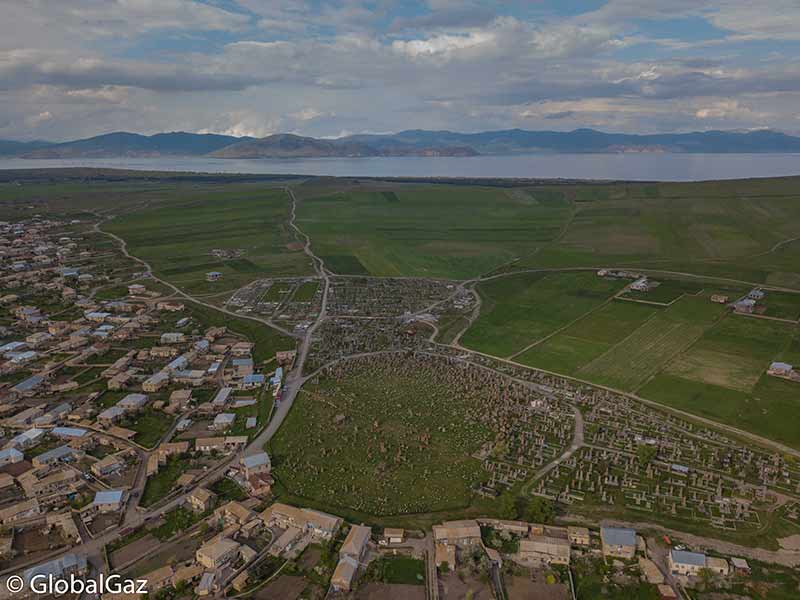
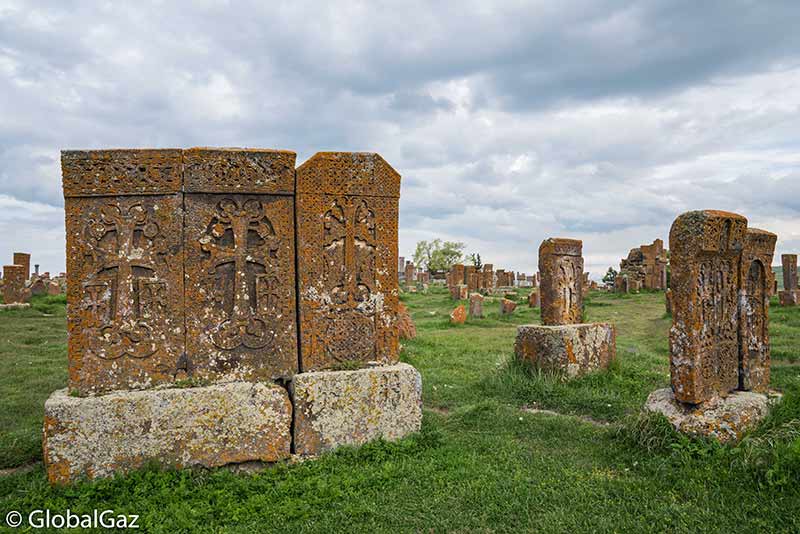
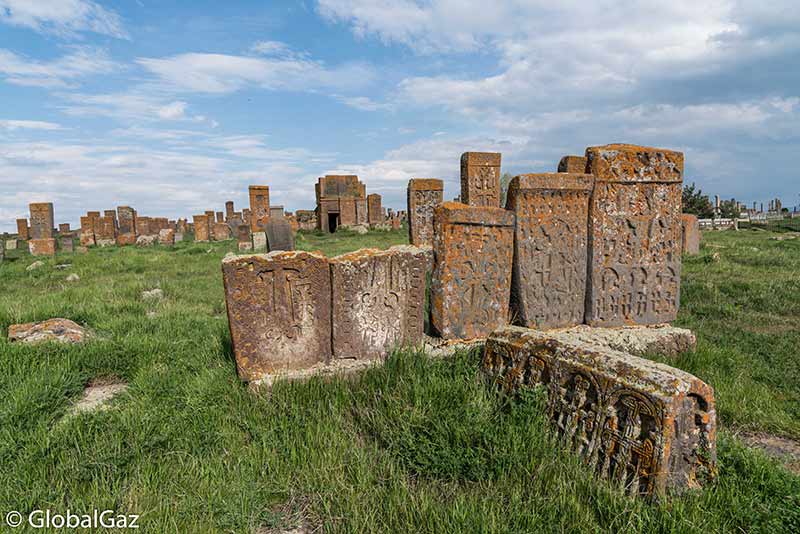


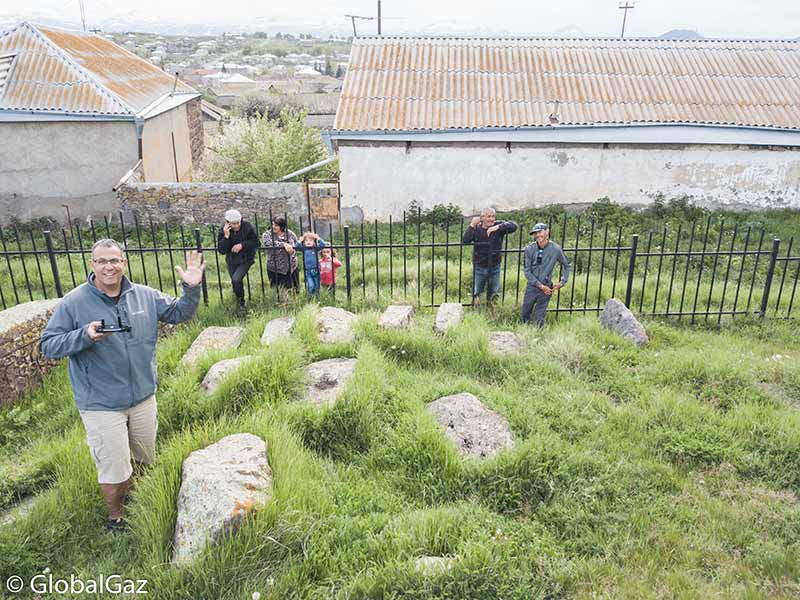

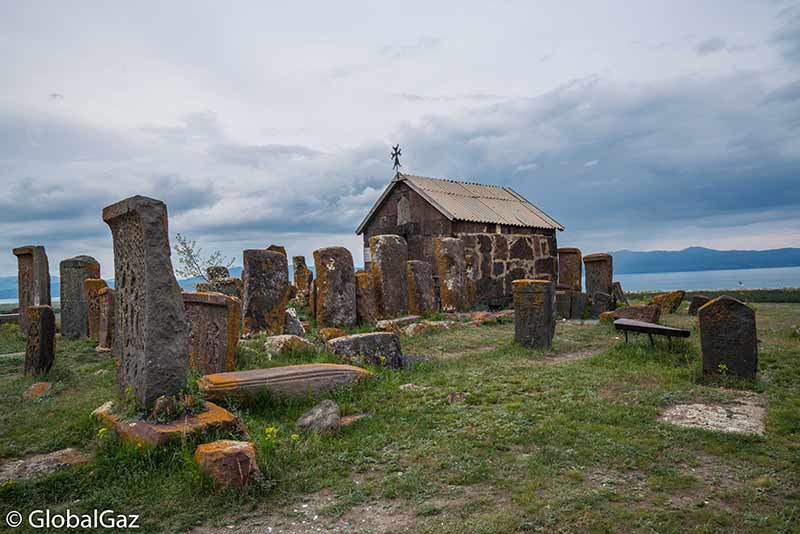

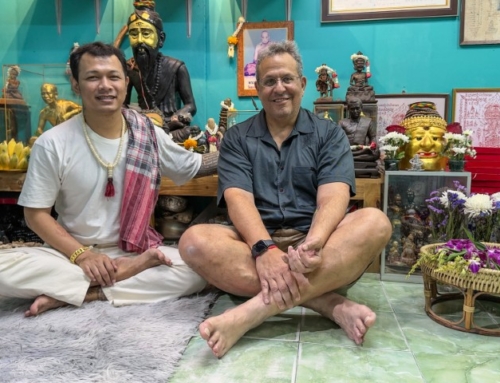

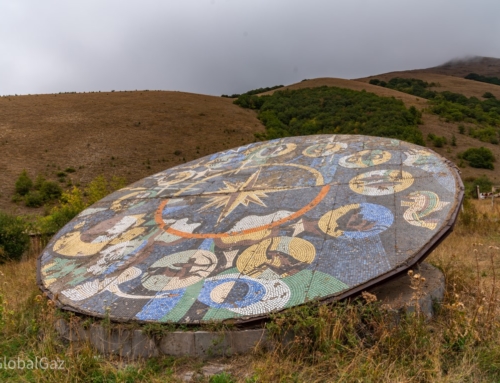


Wasn’t aware of Noratus cemetery but I’ve added it to our list for the next time we return to Armenia. We’ve seen similar grave heads (Khachkars) at Ahlat, close to Lake Van.
We are waiting (and hoping), as Brits, that we will someday be able to get an Iranian visa and travel there independently and, when/if this happens, we intend to combine it with Armenia as crossing that southern border has appealed for quite some time!
It is quite a sight. I am scared you might have to wait a long time for the visa regime to change. But, it is a great trip … Georgia, Armenia, cross the border into Iran.
Me too but you never know. As they say, stranger things have happened at sea !!
Very interesting, Gaz. Thank you for posting.
[…] The largest collection of khachkars can be found next to Lake Sevan with nearly 1000 stone crosses. Noratus gained the title of the largest collection of khachkars after the deliberate and systematic […]
[…] I have been in Armenia every year since 2003 and it is always a special part of every year. I fina… […]